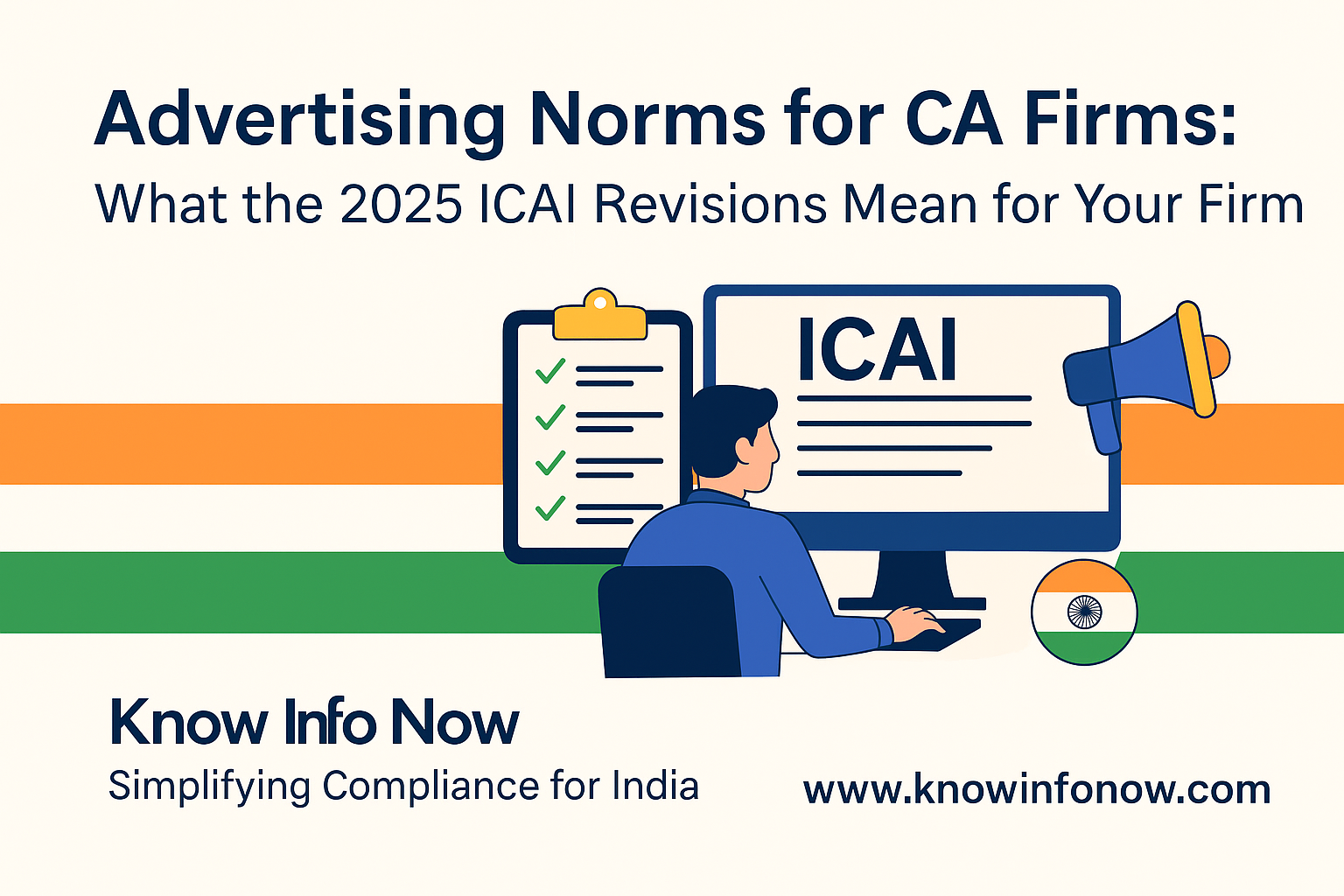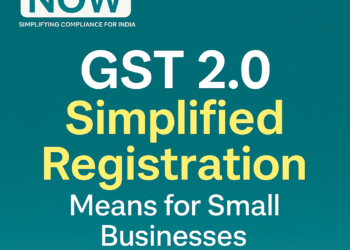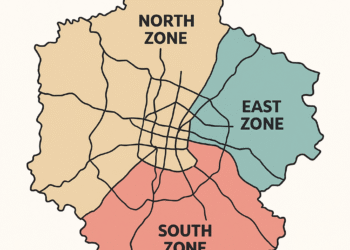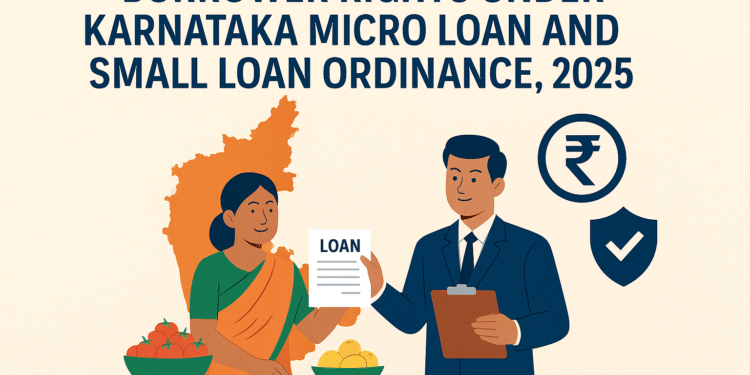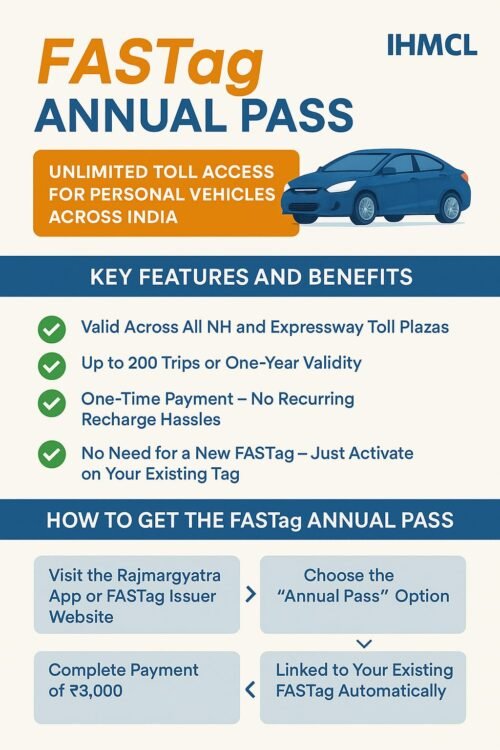Introduction
The Karnataka Micro Loan and Small Loan (Prevention of Coercive Actions) Ordinance, 2025 was introduced by the Government of Karnataka to safeguard economically vulnerable individuals—particularly farmers, women, self-help groups, and daily wage earners—from exploitative microfinance and moneylending practices.
The ordinance aims to stop coercive recovery actions, curb usurious interest rates, and establish a fair, transparent, and humane lending ecosystem across the state.
Background and Purpose
In recent years, Karnataka has witnessed a rise in unregulated micro-lending and aggressive recovery practices that have pushed many small borrowers into financial distress.
The Ordinance, promulgated under Article 213 of the Constitution of India, addresses these challenges by introducing strong borrower protections, mandatory lender registration, and penalties for misconduct.
Unlike RBI-regulated banks and NBFCs, this law focuses primarily on informal moneylenders, private financiers, and digital micro-loan operators functioning outside formal financial oversight.
Who Is Covered Under the Ordinance?
Borrowers
A borrower includes any individual, self-help group (SHG), joint liability group (JLG), or collective that avails money in cash or kind from a microfinance or moneylending entity, either orally or in writing, with a repayment obligation.
Special emphasis is given to vulnerable sections such as:
- Farmers and agricultural labourers
- Women and women’s self-help groups
- Construction and daily wage workers
- Street vendors, small traders, and migrant labourers
Lenders
The term lender covers any person, firm, organisation, or digital lending platform whose main or incidental business involves providing small or micro loans to individuals for profit.
However, banks, NBFCs registered with the Reserve Bank of India, and cooperative banks are excluded, as they already fall under central financial regulations.
Borrower Rights Under the Ordinance
- Protection from Coercive Recovery
Borrowers cannot be harassed, threatened, or publicly humiliated by lenders or recovery agents. Any physical intimidation, repeated home visits, or seizure of property without due process is a punishable offence. - Transparency in Loan Terms
Lenders must disclose all charges—interest rate, processing fees, penalties, and insurance costs—in writing. Borrowers must receive a loan card showing clear repayment terms, in Kannada or a language they understand. - Ban on Collateral for Small Loans
Vulnerable borrowers cannot be forced to pledge jewellery, documents, or other assets as collateral for small or micro loans. This prevents lenders from using security as a tool for coercion. - Right to File Complaints
Borrowers have the right to approach the local registering authority or police in case of harassment. Authorities can take suo-motu action against coercive lenders. - Loan Discharge for Unregistered Lenders
If a vulnerable borrower has taken a loan from an unregistered lender, that loan can be deemed fully discharged—meaning no further payment obligation remains.
Lender Obligations and Compliance Requirements
- Mandatory Registration
Every micro-loan or small-loan provider must register with the designated district authority within 30 days of starting operations. Failure to do so may make their loans legally unenforceable. - Record Maintenance
Lenders must maintain transparent records of borrowers, interest rates, and loan terms. Annual renewal and inspection by authorities are mandatory. - No Coercive Recovery
Lenders and their agents are prohibited from using threats, public shaming, or forceful recovery tactics. Violations can lead to criminal prosecution. - Prohibition on Collateral for Vulnerable Borrowers
Lenders cannot demand or retain collateral for micro loans provided to the vulnerable sections defined under the Ordinance. - Clear Disclosure of Interest and Fees
Interest, processing, and insurance charges must be displayed separately and communicated clearly before loan sanction. - Severe Penalties for Non-Compliance
Lenders violating the Ordinance face penalties including fines up to ₹ 5 lakh and imprisonment up to 10 years. Unregistered lenders risk having their loans cancelled entirely.
Key Features That Make the Ordinance Unique
- Focus on Unregulated Lending: Targets informal and digital lenders rather than banks or NBFCs.
- Social Protection Approach: Specifically protects vulnerable groups such as women and small vendors.
- Retrospective Loan Discharge: Allows past unregulated loans to be nullified in certain cases.
- Prohibition of Collateral: Prevents exploitation through asset seizure.
- Strong Criminal Deterrence: Introduces severe penalties for coercion or harassment.
Implementation Challenges
While the intent is laudable, experts highlight possible challenges:
- Ambiguity in Definitions: “Vulnerable sections” and “coercive action” need clearer interpretation.
- Regulatory Overlap: The interface between state law and RBI-regulated entities could cause confusion.
- Reduced Credit Flow: Stricter compliance might discourage some lenders from serving small borrowers.
- Enforcement Limitations: Effective monitoring and grievance handling require strong administrative capacity.
Implications for Borrowers
Borrowers should:
- Verify whether the lender is registered under the Ordinance.
- Keep all documentation related to loan transactions.
- Avoid pledging personal assets for unsecured micro loans.
- Report any harassment or unlawful recovery attempts to authorities.
This law offers real protection—borrowers now have legal backing against intimidation and unfair interest rates.
Implications for Lenders
Lenders must:
- Complete registration and periodic renewals promptly.
- Review and modify all loan documents to comply with new standards.
- Train recovery agents to follow ethical collection practices.
- Provide loan details in the local language.
- Understand that non-compliance could result in loss of legal rights to recover dues.
Conclusion
The Karnataka Micro Loan and Small Loan (Prevention of Coercive Actions) Ordinance, 2025 represents a strong step toward financial justice and borrower protection. By combining transparency, borrower empowerment, and strict penalties for coercive behavior, it aims to reform the micro-finance landscape in Karnataka.
However, its success will depend on how effectively it is implemented at the district level and whether genuine lenders continue to extend credit responsibly while adhering to the law.

